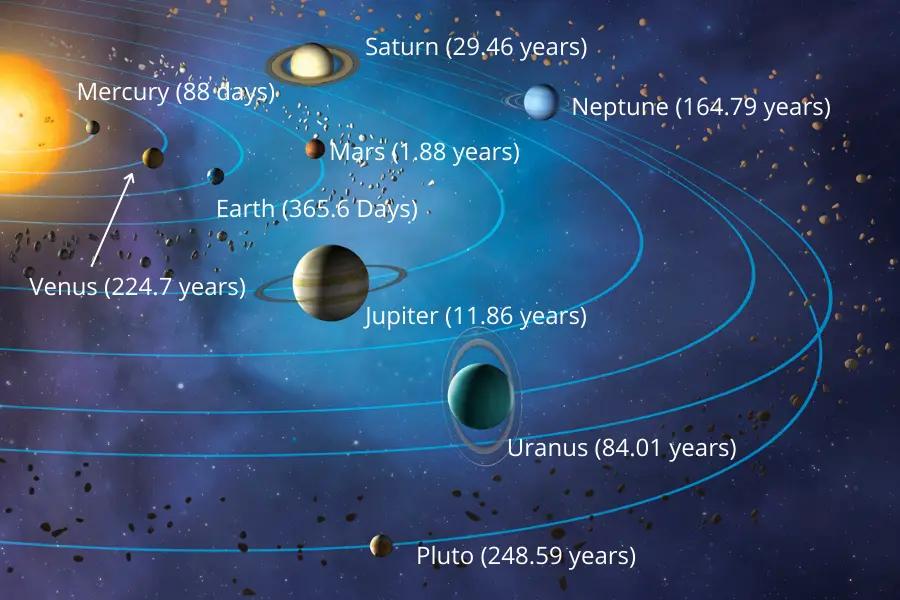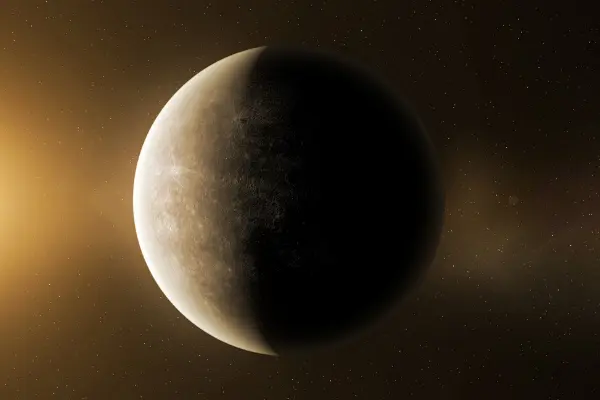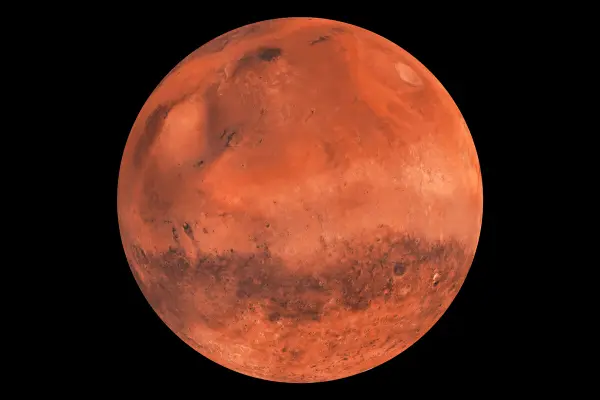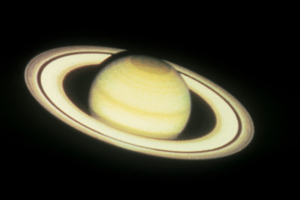How Long Is A Year On Other Planets. Orbital Periods of the Planets
A year on Earth is approximately 365 days. Why is that considered a year? Well, 365 days is about how long it takes for Earth to orbit all the way around the Sun one time.
All of the other planets in our solar system also orbit the Sun. So, how long is a year on those planets? Well, it depends on where they are orbiting!
Key Takeaways:
- Mercury’s single year is equivalent to 88 Earth days.
- A single year on Venus is 224.7 Earth days.
- One Jupiter year is equivalent to 4331.6 Earth days.
- A year on Saturn lasts the equivalent of 10,759 Earth days.
- A year on Neptune lasts the equivalent of almost 165 Earth years.
- A year on Pluto lasts the equivalent of 248 Earth years.

Planets that orbit closer to the Sun than Earth have shorter years than Earth. Planets that orbit farther from the Sun than Earth have longer years than Earth.
This happens for two main reasons.
- If a planet is close to the Sun, the distance it orbits around the Sun is fairly short. This distance is called an orbital path.
- The closer a planet travels to the Sun, the more the Sun’s gravity can pull on the planet. The stronger the pull of the Sun’s gravity, the faster the planet orbits.
A Year On Mercury

To put it simply, Mercury has an orbital period of 88 days (87.969 to be exact), which means a single year is 88 Earth days – or the equivalent of about 0.241 Earth years.
But here’s the thing. Because of Mercury’s slow rotation (once every 58.646 days) and its rapid orbital speed (47.362 km/s), one day on Mercury actually works out to 175.96 Earth days.
A Year On Venus

The second closest planet to our Sun, Venus completes a single orbit once ever 224.7 days. This means that a single year on Venus works out to about 0.6152 Earth years. But, once again, things are complicated by the fact that Venus has an unusual rotation period. In fact, Venus takes 243 Earth days to rotate once on its axis – the slowest rotation of any planet – and its rotation is retrograde to its orbital path.
Related
A Year On Mars

The Earth zips around the Sun at about 67,000 miles per hour, making a full revolution in about 365 days – one year on Earth. Mars is a little slower, and farther from the sun, so a full circuit takes 687 Earth days – or one Mars year.
That longer year means longer seasons too. Over extended Martian winters, the shorter days and reduced sunlight mean that solar-powered spacecraft sometimes have to carefully conserve their energy.
Timing of Mars years is also important. Every 26 months, we come closer to Mars, so it’s one of the best times to send spacecraft. A shorter trip means less time and fuel spent getting there
A Year On Jupiter

The planet Jupiter takes 4331.6 earth days to orbit around the Sun. This means than one Jupiter year equals almost 11.9 Earth years. Because Jupiter rotates so rapidly around its axis, its year lasts 10,501 of its own days.
Jupiter has such a long year because it is quite far from the Sun. Not only does this mean it has a longer path to travel on its orbit, but the Sun’s gravity is much weaker at that distance, requiring it to move more slowly to stay in its orbit.
A Year on Saturn

Much like its fellow gas giant Jupiter, Saturn takes it time completing a single orbit of the Sun, but rotates on its axis very rapidly.
All told, a year on the planet lasts the equivalent of 10,759 Earth days (or about 29.122 years). But since it only takes 10 hours, and 33 minutes to complete a single rotation on its axis, a year on Saturn works out to 24,491.07 Saturnian days.
A Year on Uranus
As the eight and farthest planet from the Sun, Neptune has an extremely wide orbit and a comparatively slow orbital velocity. As a result, a year on Neptune is very long, lasting the equivalent of almost 165 Earth years.
Combined with its extreme axial tilt, this also means that Neptune experiences some rather extreme seasonal changes.
A Year on Pluto
Pluto is a complex and mysterious world with mountains, valleys, plains, craters, and maybe glaciers.
Pluto is orbited by five known moons, the largest of which is Charon. Charon is about half the size of Pluto itself, making it the largest satellite relative to the planet it orbits in our solar system. Pluto and Charon are often referred to as a “double planet.”
Pluto remains one of the most fascinating celestial bodies known to astronomers. In addition to having a very distant orbit around the Sun (and hence a very long orbital period) it also has the most eccentric orbit of any planet or minor planet in the Solar System.
This makes for a rather long year on Pluto, which lasts the equivalent of 248 Earth years!
ABOUT US
We are a team of active amateur astronomers, here to help you with all your astronomy and science related needs – this is anything, from reviewing the latest telescopes to be released to talking about gravity and neurons. The Big Bang Optics was started because of our love for astronomy and to help others like us find the best telescope and accessories.
LEGAL DISCLAIMER
The Big Bang Optics is a participant in the Amazon Services LLC Associates Program, an affiliate advertising program designed to provide a means for sites to earn advertising fees by advertising and linking to Amazon.com. The Big Bang Optics also participates in affiliate programs with Clickbank and other sites. The Big Bang Optics is compensated for referring traffic and business to these companies.




